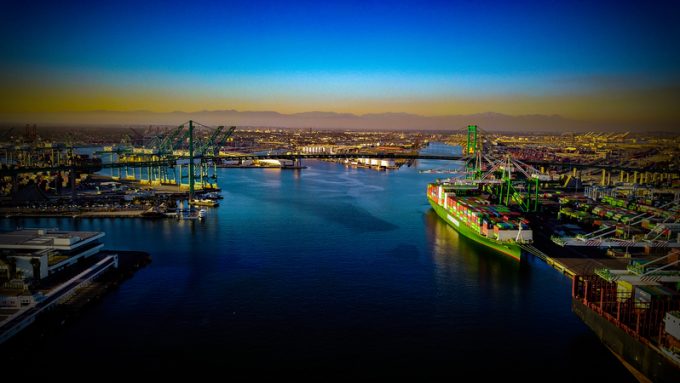De minimis cut won't hurt demand for Chinese ecommerce, but for air cargo?
While most companies are professing ‘uncertainty’ over the potential impact of the closure of the ...

Retailers are concerned about delays to their holiday merchandise, as robust import volumes are straining the US west coast gateways.
In particular, they claim, the port complex of Los Angeles and Long Beach is already struggling with lengthening transit times.
According to the Port Tracker report, published monthly by the National Retail Federation (NRF) and Hackett Associates, US container ports handled 2.1m teu of imports in August, up 9.7% month on month, and 8% year on year, to reach the highest monthly ...
'Disastrous' DSV-Schenker merger would 'disrupt European haulage market'
New senior management for DSV as it readies for DB Schenker takeover
Volumes set to 'fall off a cliff' as US firms hit the brakes on sourcing and bookings
Asian exporters scramble for ships and boxes to beat 90-day tariff pause
Amazon pushes into LTL for small package fulfilment and UPS does a u-turn
Temporary tariff relief brings on early transpacific peak season
Pre-tariff rush of goods from US to China sees air rates soar, but not for long
Forwarders 'allowing the fox into the chicken run' by supporting 'hungry' carriers

Comment on this article